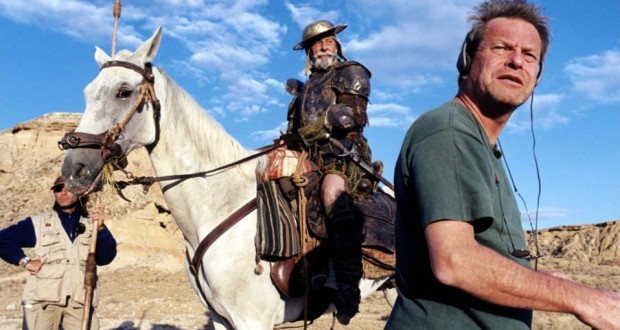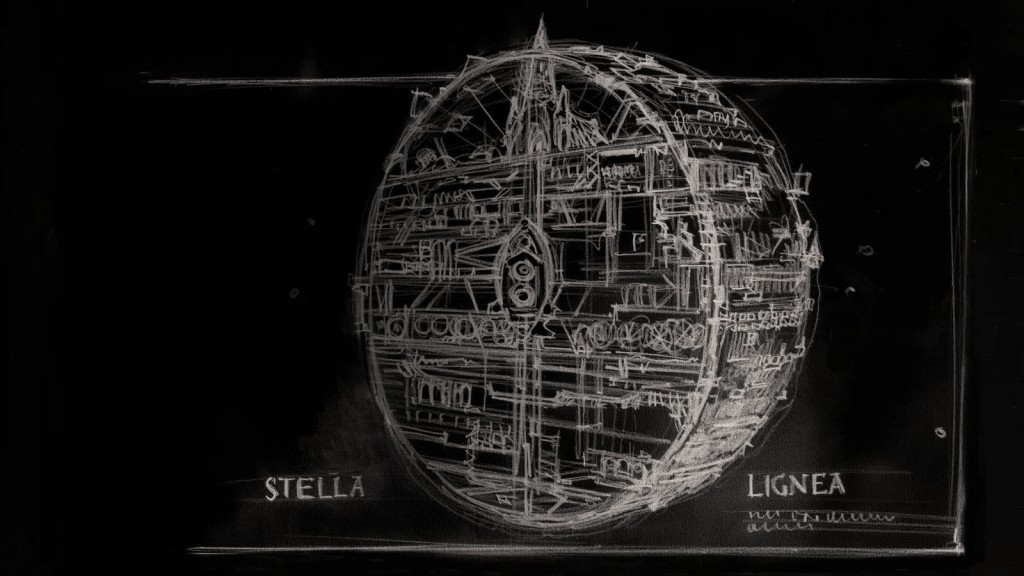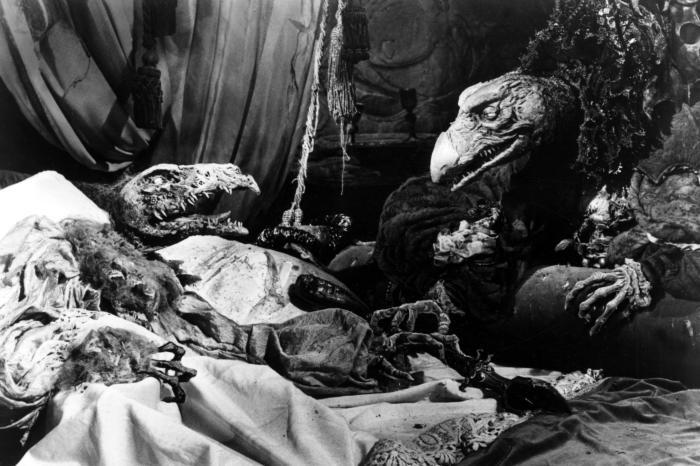The recent release of Marvel’s Ant-Man enters into a wonderful ‘what if’ scenario. What if original director and writer Edgar Wright had stayed on the project he had been moulding since before the start of the Marvel Cinematic Universe? What if we had seen the inventive approach Wright has implemented in his collaborations with Simon Pegg and Nick Frost? What if we had a film anywhere near inventive as the tragically under-performing Scott Pilgrim?
I wonder if Edgar Wright’s Ant-Man will enter into the canon of great unmade films, for indeed there is such a thing. Numerous projects have been conceptualised, planned and in some cases shot but have never been seen by the cinema-goers. Now a film’s production falling through is nothing noteworthy, it happens every now and again, but some films have such monumental reputations for their vaunted ambition and originality that they have achieved mythic status. In some of those cases, no material was produced at all and the film is an ephemeral suggestion of what could have been. In others, a bland studio product stands in its place – at best, inoffensive; at worst, a mocking pile of artistic excrement smeared across the vacant lot of the abandoned reel.
Terry Gilliam has tried to make his unorthodox Don Quixote film approximately seven times
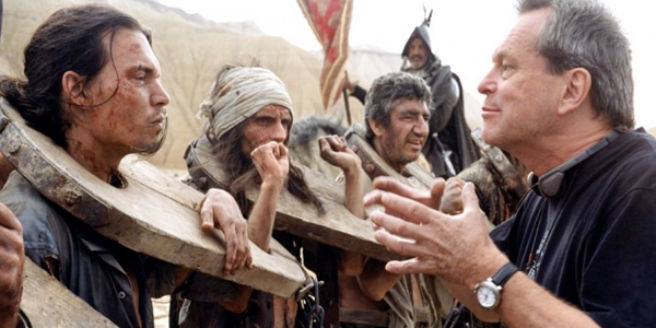 There’s one film that stands out above all others in the annals of unmade films: Terry Gilliam’s The Man Who Killed Don Quixote. Since 1998, Terry Gilliam has tried to make his unorthodox Don Quixote film approximately seven times. In the first attempt, his Quixote actor Jean Rochefort (who Gilliam took two years to cast and who learned English specifically for the role) was taken grievously ill, insurance for filming was withheld, military aircraft flying overhead ruined the audio, and his independently sourced budget dissolved. Oh, and the production was nearly washed away in a round of flooding. Attempts to resurrect the project after cancellation in 2000 were impeded by insurers and investors entering a protracted legal battle as to who owned the rights to the production. Following several attempts to find alternative backing, Gilliam finally restarted the project with secured rights in 2009. Funding collapsed in 2010. Gilliam even managed to make another film, The Zero Theorem, in the time it took to recommence once more with production starting this year. There’s a reason this is known as ‘the film that didn’t want to be made.’
There’s one film that stands out above all others in the annals of unmade films: Terry Gilliam’s The Man Who Killed Don Quixote. Since 1998, Terry Gilliam has tried to make his unorthodox Don Quixote film approximately seven times. In the first attempt, his Quixote actor Jean Rochefort (who Gilliam took two years to cast and who learned English specifically for the role) was taken grievously ill, insurance for filming was withheld, military aircraft flying overhead ruined the audio, and his independently sourced budget dissolved. Oh, and the production was nearly washed away in a round of flooding. Attempts to resurrect the project after cancellation in 2000 were impeded by insurers and investors entering a protracted legal battle as to who owned the rights to the production. Following several attempts to find alternative backing, Gilliam finally restarted the project with secured rights in 2009. Funding collapsed in 2010. Gilliam even managed to make another film, The Zero Theorem, in the time it took to recommence once more with production starting this year. There’s a reason this is known as ‘the film that didn’t want to be made.’
Its DNA is written into the background of many films
 It seems to be a running issue with adaptations that they run into such problems as the interests of the original creators, film makers and studios or backers collide. Whereas The Man Who Killed Don Quixote was never made, Dune by Alejandro Jodorowsky saw both a studio driven aberration come out shortly after it folded, and its DNA is written into the background of many films. Jodorowsky, the nutty auteur behind El Topo and The Holy Mountain, tried to make a ‘colourful’ adaptation of Frank Herbert’s science fiction doorstopper Dune. It was due to star Salvador Dali as the Padishah Emperor (he was going to be screwed out of his extortionate fee by only being paid for every minute he appeared on screen rather than for what was shot); Orson Welles as Baron Harkonnen (Jodorowsky had to hire the chef at Welles’ favourite restaurant to convince him to join the production); Mick Jagger was on board, David Carradine too; this had some big names attached! Jodorowsky intended to have his son play the protagonist Paul Atreides so had him subjected to years of gruelling martial arts and spiritual training. He even hired Jean ‘Moebius’ Giraud, Chris Foss and H R Giger for the art team.
It seems to be a running issue with adaptations that they run into such problems as the interests of the original creators, film makers and studios or backers collide. Whereas The Man Who Killed Don Quixote was never made, Dune by Alejandro Jodorowsky saw both a studio driven aberration come out shortly after it folded, and its DNA is written into the background of many films. Jodorowsky, the nutty auteur behind El Topo and The Holy Mountain, tried to make a ‘colourful’ adaptation of Frank Herbert’s science fiction doorstopper Dune. It was due to star Salvador Dali as the Padishah Emperor (he was going to be screwed out of his extortionate fee by only being paid for every minute he appeared on screen rather than for what was shot); Orson Welles as Baron Harkonnen (Jodorowsky had to hire the chef at Welles’ favourite restaurant to convince him to join the production); Mick Jagger was on board, David Carradine too; this had some big names attached! Jodorowsky intended to have his son play the protagonist Paul Atreides so had him subjected to years of gruelling martial arts and spiritual training. He even hired Jean ‘Moebius’ Giraud, Chris Foss and H R Giger for the art team.
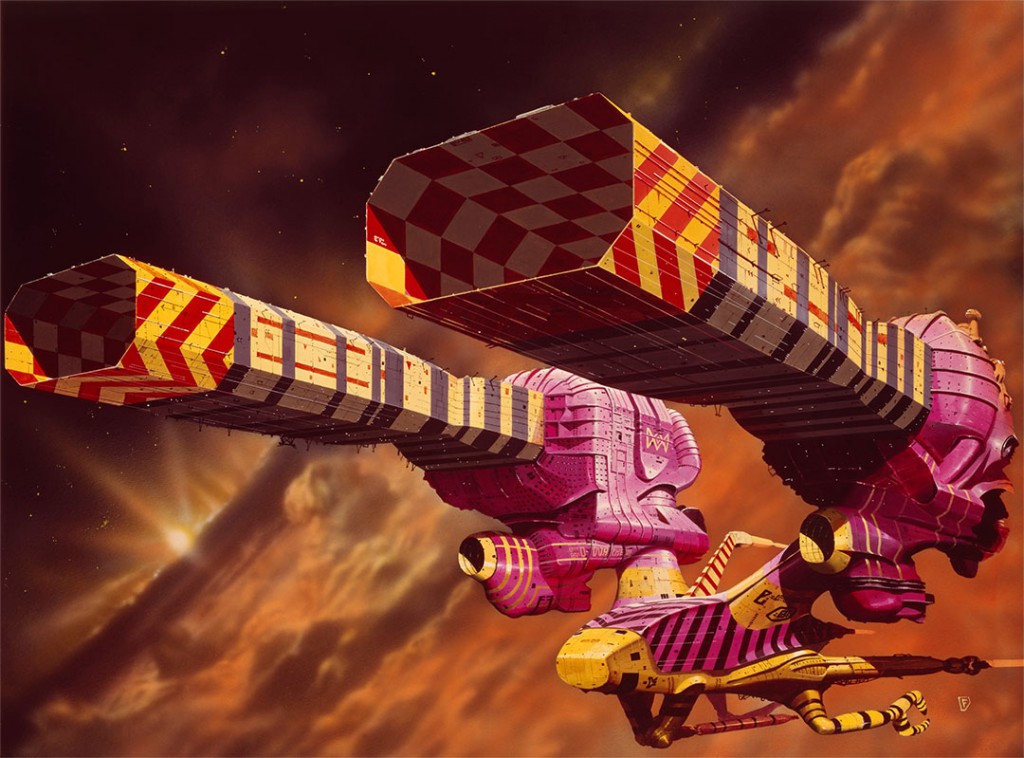 And then he pitched it around, everything ready to go, and everyone got scared. No one would put a dollar behind a (possibly eleven hour long) science fiction epic that would leave the rest of cinematic history looking like a globule of bubbling mulch behind it. It had an estimated budget of hundreds of millions in the 1970s and no precedent for market performance. No studio would go near it. The film lies fully plotted and storyboarded with Jodorowsky, concept art and script complete, and eternally unmade. Instead, audiences were treated to a studio helmed abomination of a Dune adaptation in 1984 that director David Lynch has utterly disowned. The concept art and ideas that the original project made have however diffused across the industry. Much of the art team latter worked with Ridley Scott, generating the concepts and designs for Alien. Designs have even been deployed as late on as Prometheus. Star Wars, Terminator, Blade Runner, they’ve all got a bit of Dune in them.
And then he pitched it around, everything ready to go, and everyone got scared. No one would put a dollar behind a (possibly eleven hour long) science fiction epic that would leave the rest of cinematic history looking like a globule of bubbling mulch behind it. It had an estimated budget of hundreds of millions in the 1970s and no precedent for market performance. No studio would go near it. The film lies fully plotted and storyboarded with Jodorowsky, concept art and script complete, and eternally unmade. Instead, audiences were treated to a studio helmed abomination of a Dune adaptation in 1984 that director David Lynch has utterly disowned. The concept art and ideas that the original project made have however diffused across the industry. Much of the art team latter worked with Ridley Scott, generating the concepts and designs for Alien. Designs have even been deployed as late on as Prometheus. Star Wars, Terminator, Blade Runner, they’ve all got a bit of Dune in them.
I can’t see anyone being particularly interested in McGee or Michael Bay’s lost films
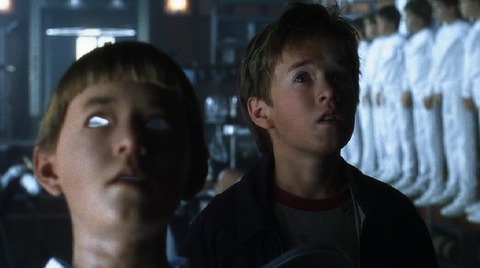 Certain directors have accrued more of these lost artefacts than others. Though I can’t see anyone being particularly interested in McGee or Michael Bay’s lost films, Stanley Kubrick remains a source of several mythic projects. His intended biopic of Napoleon never reached production due to the cost of shooting on location even though Kubrick had already got the Romanian Army to commit 50,000 assorted infantry and cavalry for staging his battle scenes. He failed to get Umberto Eco’s permission to start work on an adaptation of Foucault’s Pendulum. After the release of Schindler’s List, Kubrick abandoned his work on his holocaust film Aryan Papers, discouraged by Spielberg’s success and driven to quit by the serious depression his project was inducing. Perhaps the most notorious is the quasi-realised AI: Artificial Intelligence, which Kubrick had worked on for decades before handing it over to Spielberg in the 90s (but wasn’t made and released until 2001, two years after Kubrick died). The resulting film is an oddity but undoubtedly has a rich and troubled production history.
Certain directors have accrued more of these lost artefacts than others. Though I can’t see anyone being particularly interested in McGee or Michael Bay’s lost films, Stanley Kubrick remains a source of several mythic projects. His intended biopic of Napoleon never reached production due to the cost of shooting on location even though Kubrick had already got the Romanian Army to commit 50,000 assorted infantry and cavalry for staging his battle scenes. He failed to get Umberto Eco’s permission to start work on an adaptation of Foucault’s Pendulum. After the release of Schindler’s List, Kubrick abandoned his work on his holocaust film Aryan Papers, discouraged by Spielberg’s success and driven to quit by the serious depression his project was inducing. Perhaps the most notorious is the quasi-realised AI: Artificial Intelligence, which Kubrick had worked on for decades before handing it over to Spielberg in the 90s (but wasn’t made and released until 2001, two years after Kubrick died). The resulting film is an oddity but undoubtedly has a rich and troubled production history.
Nick Cave scripted a crazy sequel to Gladiator originally called Christ Killer
Interest in unmade films has blossomed over the years with documentaries covering the troubled and often doomed productions though not all of these films can claim to be potential greats. Whilst Lost in La Mancha charts Gilliam’s attempt to make The Man Who Killed Don Quixote, and Jodorowsky’s Dune tells the story of not making… well… Alejandro Jodorowsky’s Dune, we now have The Death of “Superman Lives”: What Happened? delving into Tim Burton’s plan to make a Superman film starring Nicolas Cage… It couldn’t have been worse than Man of Steel, mind you. With the explosion of the superhero film genre, tales of aborted projects like Superman Lives and Wright’s Ant-Man will abound as prying eyes try to pour the material the studios never put on screen. Rumours are already surfacing that George Miller is being courted to direct Man of Steel 2 but did you know he had previously tried to helm a Justice League film in the late 90s and early 2000s?
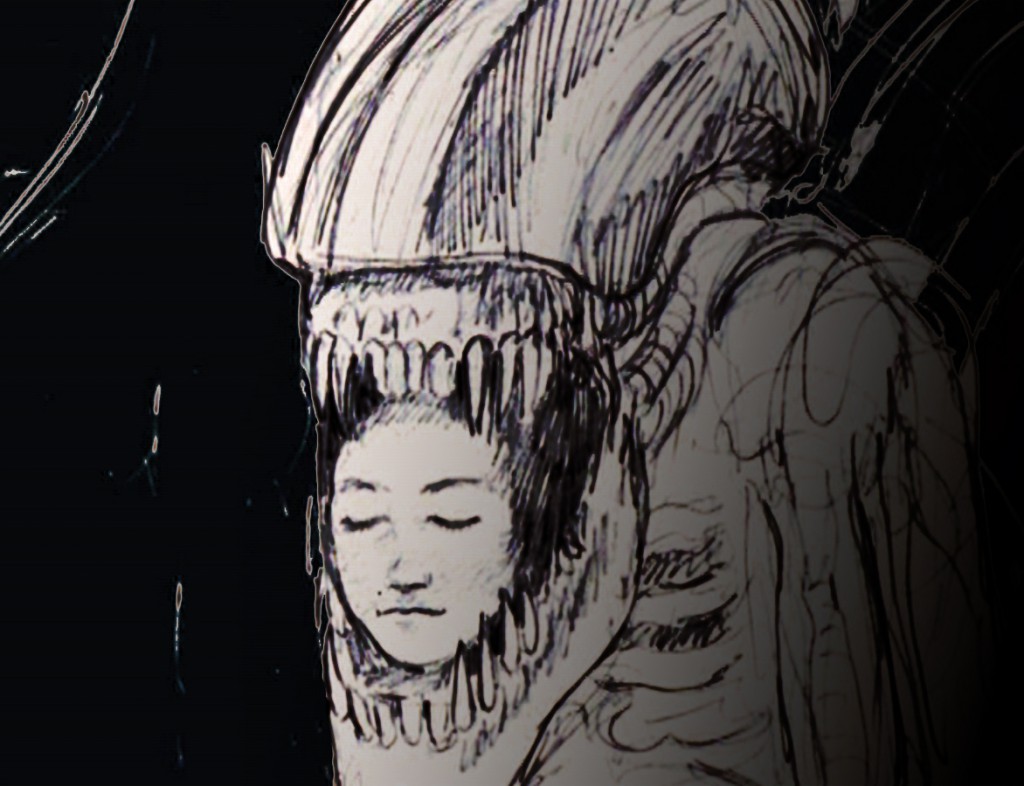 Of course, it is questionable if any of these films could ever have been as good as the legendary speculation around them assumes they would have been. But there are so many out there, all with so many weird and wonderful concepts that were too original or creative to float with studio backing. Alien 3 was originally going to be helmed by Vincent Ward and have Ripley go on an eschatological adventure when she lands on a wooden planet occupied by Luddite monks who think she has brought the devil amongst them. Auteur film makers like David Lynch and Werner Herzog are still trying to make their pet projects Ronnie Rocket and The Conquest of Mexico. Sergio Leone was going to make a film about the siege of Leningrad. Ken Russell was going to make Dracula. Nick Cave scripted a crazy sequel to Gladiator originally called Christ Killer. Delve into this rabbit hole of weirdness and wonder some time. It’s as good as watching the film.
Of course, it is questionable if any of these films could ever have been as good as the legendary speculation around them assumes they would have been. But there are so many out there, all with so many weird and wonderful concepts that were too original or creative to float with studio backing. Alien 3 was originally going to be helmed by Vincent Ward and have Ripley go on an eschatological adventure when she lands on a wooden planet occupied by Luddite monks who think she has brought the devil amongst them. Auteur film makers like David Lynch and Werner Herzog are still trying to make their pet projects Ronnie Rocket and The Conquest of Mexico. Sergio Leone was going to make a film about the siege of Leningrad. Ken Russell was going to make Dracula. Nick Cave scripted a crazy sequel to Gladiator originally called Christ Killer. Delve into this rabbit hole of weirdness and wonder some time. It’s as good as watching the film.
 Pop Verse Pop Culture Universe
Pop Verse Pop Culture Universe
